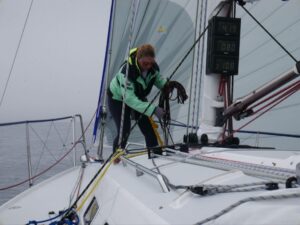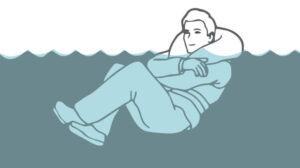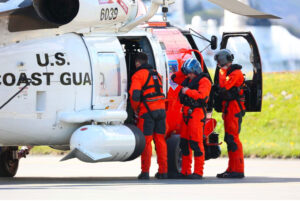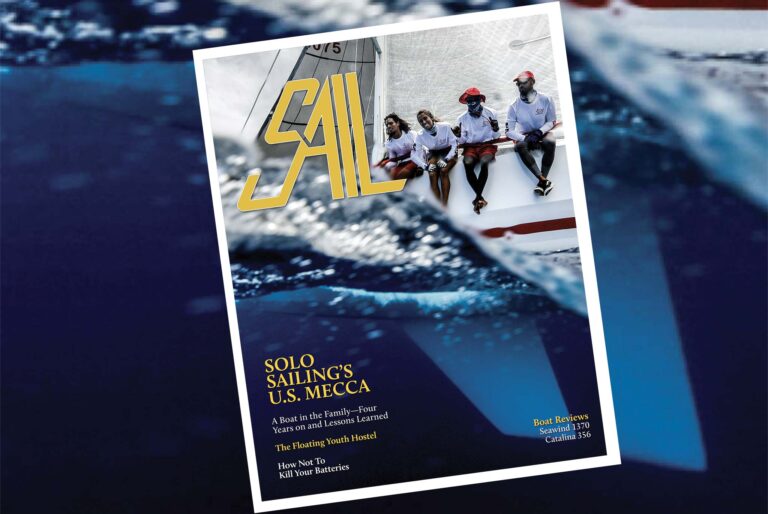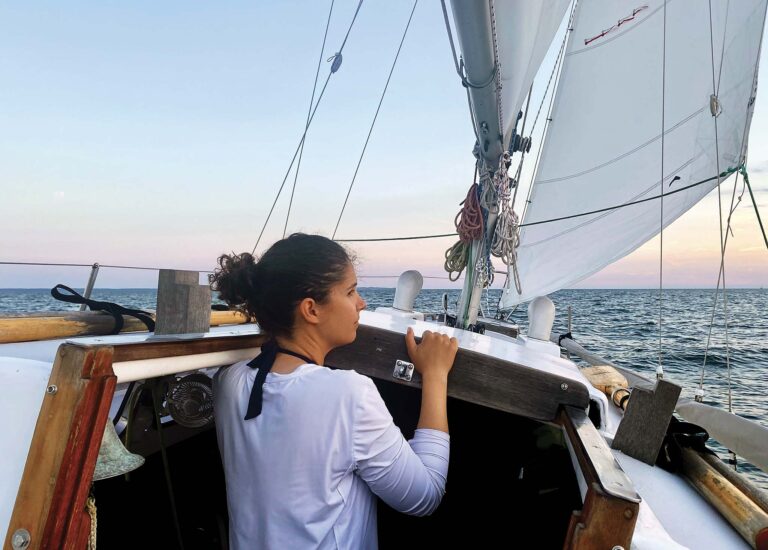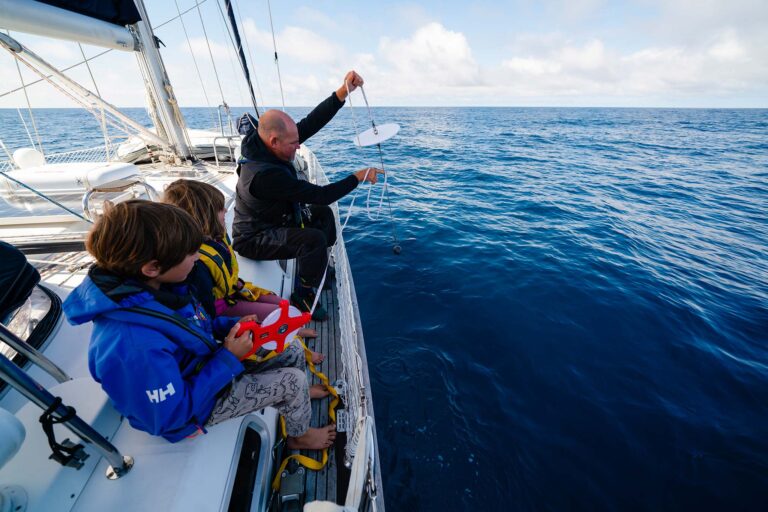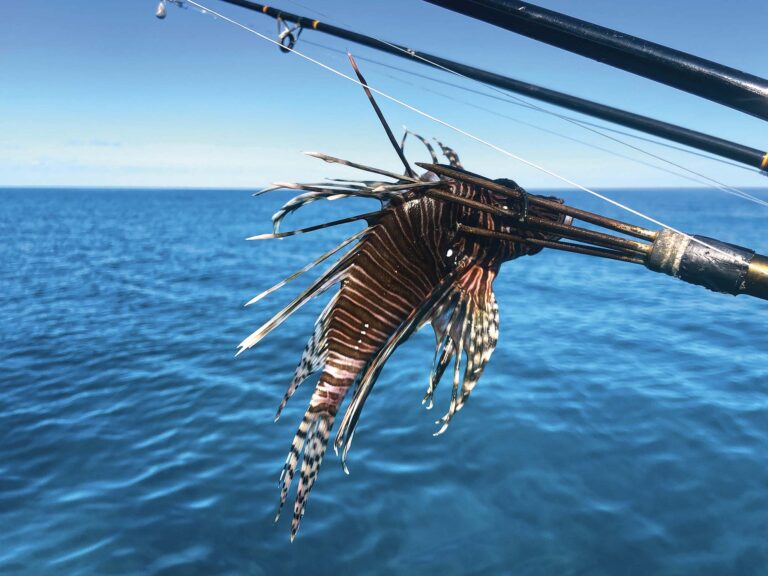We all have memories of unforgettable restaurants in which the chef produced such a mouthwatering dish that we wanted to come back every night that week. It may have been a few key ingredients the waiter refused to divulge, the immaculate presentation, the sunset view of the harbor or perhaps, all the above. Either way, in that restaurant, on that night, a “regular” was born.
Around the world, there are only a few sailing events with a recipe potent enough to capture a sailor’s senses so effectively that they too become immediate repeat customers. For those events that have mastered the recipe, the result is a regatta with a long life.
At the end of the Caribbean racing season lies one such regatta, a four-year-old series in which the exotic mix of sailing, culture, geography and lifestyle has already been refined to a point where an educated guess says the future grandchildren of this year’s competitors will likely still be sailing in Les Voiles de St. Barth.
Letting Loose
It may seem obvious: a regatta in April on the sunny isle of St. Barthélemy with divisions for every type of boat and outstanding French gastronomy is bound to attract sailors. But in the growing Caribbean racing circuit, the competition for entrants is fierce. And with its long-distance courses around islands, Les Voiles, as the regatta is simply called, does not fit the mold of a standard round-the-buoy race week. Despite this, the regatta has continued to grow each year, and the competitors are now fanatics.
To discover the appeal of Les Voiles there was only one thing to do: race in it. I raced on a different boat each day to gain a broad perspective on why one week on and off the aquamarine ocean surrounding this French West Indian colony has created a critical mass of “regulars” in such a short time.
This crazy idea had me sailing one day on a carbon-fiber trimaran with an America’s Cup and match racing world champion, another on board a wooden yawl with just the captain and her mate, and the final day on a modern cruising boat with an average crew age of 68. How on Earth does such a range of boats and people coexist at the same regatta? What’s the attraction?
“Other races have lots of structure,” says Gavin Brady, tactician aboard the TP52 Vesper. “This is one of the few venues in the world that has an open ocean reaching course. If you want to take a race boat and set it loose, this is the place to do it.”
Brady says that owner Jim Swartz shipped the boat from the TP52 world championships in Miami and that, though the boat only hit a maximum speed of 16 knots in Florida, she has topped 30 at Les Voiles. “Every boat here will go its fastest. Vesper has never gone faster than here. We set the monster loose.”
Swartz is one of the regulars, having done each event since the first in 2010. This year, he carried the unique accolade of “Godfather,” a title reserved for the sailor epitomizing the camaraderie and high spirits of Les Voiles. He, in effect, became a spokesperson for the regatta, showing first-timers by example how exciting and enjoyable the sailing and the parties can be.
Swartz follows a diverse yet exclusive group of Godfathers that tip observers off to the true star-powered nature of this seemingly exclusive event. The first Godfather was legendary photographer Patrick Demarchelier, best known for his images of Princess Diana and a cadre of Victoria’s Secret models. Musician Jimmy Buffet, who keeps his diminutive sea-foam green daysailer Groovy in the marina at Gustavia, was next. Peter Harrison, owner of the maxi ketch Sojana, was Godfather in 2012.
The concept of Les Voiles was dreamt up by two old friends who shared an overflowing passion for sailing and racing. French sailors Luc Poupon and François Paul-Tolède say the event is an “addictive cocktail.” The regatta revolves around yachting for pleasure and combines a passion for magnificent yachts, beautiful waters surrounding St. Barths, and the owners, crews and even designers who bring the sailing to life. Very French, indeed, and after a glass of wine and high-spirited conversations with the founders about their favorite boats and sailing stories, I too was ready to immerse.
FirstHand Les Voiles
The initial attraction of the event is certainly the location. The red-roofed villas scattered on the green hillsides overlooking the ocean are often the contents of dream vacation posters. Each new crew I sailed with said they had always wanted to visit St. Barths. And though there is a mixture of rating rules used, there was little concern over parity. The general vibe was, “Let’s go sailing and have a great time on the ocean.”
I first sailed a practice aboard Puffy, a brand new Swan 53 owned by Demarchelier, who has been coming to the island for three decades. The casual handshake with two of his local Creole-speaking crew exposed a mutual respect between islanders and visitors that is rare in the transient culture of the West Indies.
The first day of racing had me aboard Germán Frers’s personal yacht, Heroina, designed by and built for the remarkable naval architect himself. Now under a new owner, Texan Tim Rutter, and after an extensive refit in 2012, the sleek, teak-decked 74-footer was the belle of the ball. “I feel like I don’t own this boat,” said Rutter, who was told repeatedly he should bring her to St. Barths. “She’s really a work of art.”
Heroina was guided around the course by a young group of professionals and amateurs that included a local Frenchman who pointed out various submerged dark rocks and light sandbars we successfully avoided. When we won line honors in the 26-mile course, I felt as though I had cruised rather than raced around the islands.
Day two, aboard the 1965 Aage Nielsen ketch Saphaedra, was more challenging. Though the “modern classics” of Heroina and the W70 Wild Horses joined Saphaedra in the classic division, this traditional carvel-planked boat was in a class of her own. A more unique quality than the yacht’s age was the fact that only the captain, 20-something siren Jamie Enos, and her even younger female firstmate were aboard for racing. The owner could not attend but still wanted to support the classics fleet, and sent the girls in his absence.
As various boats charged past us, crews hanging over lifelines and getting dowsed by waves upwind, we leaned back against the heeling deck and enjoyed the slow cadence offered by a full-keeled wooden boat. Maneuvers were smooth, the landing at the mooring was a success and we were rewarded with a frosty Heineken and a fresh crusty baguette sandwich.
Thursday was a lay day, and unlike the traditional East Coast regatta lay day during which crews scramble to fix broken spinnaker poles and torn sails, here in St. Barths, a lay day means you literally lay down. On the beach. With a magnum of wine.
Amongst the team water polo matches at this exclusive stretch of Nikki Beach are daybeds that, at the height of the season, can be rented for 350 euros. Yellowfin tartare and sashimi caviar completed the respite, and the high energy of the crew beach party the night before was replaced with a relaxed swim.
Midweek I was aboard the silver trimaran Paradox, owned by Peter Aschenbrenner from San Francisco. With four boats in the division, he was impressed. “The island is beautiful, the beaches are nice and then there is the French culture,” says Aschenbrenner. “It is not really like the Caribbean; it is more like a little bit of France in the Caribbean. We get fewer crazy looks here in St. Barths than on other islands of the Caribbean because the French are so attuned to multihull sailing. Most places you go you are like an alien race.”
“See you next year!”
Like fine French cuisine, the complex ingredients of Les Voiles combine with a caring and sometimes cavalier flare that culminates in a pièce de résistance that leaves you begging for more. Days start with espressos and pastries handed out while crews walk to their boats with armfuls of fresh baguettes. After long days in the sun, planter’s punch cools sailors’ lips as a live band tunes up on the waterfront. Evenings finish with a meal and wine at one of the open-air restaurants among the fashionable boutiques and palm trees throughout town.
The litmus test on event longevity is often the awards ceremony. Remarkably, the majority of the bright-eyed skippers, arm-in-arm with their crews on the stage that final night in April, said four resounding words: “See you next year!”
Among those stage-goers was Steve Cucchiero, who chartered the R/P 49 Defiance. Cucchiero, a champion sailor and successful businessman, came down from Marblehead, Massachusetts. and brought his closest friends from home. The group resembled a slightly graying, fraternity pledge party.
Among Defiance’s crew was Olympic gold medalist Carl Buchan. The presence of notable sailors was a subtle but potent ingredient at Les Voiles. Vendée Globe sailor Marc Guillemot caught everyone’s eye as he raced aboard Puffy. Volvo navigator Andrew Cape was on hand along with RC 44 champion Cameron Appleton and American multihull icon Cam Lewis.
Guillemot was the star French sailor on hand, but organizer Poupon and his famed solo-sailing brother Philippe drew attention as well. Sailing studs abound, but the core of Les Voiles is still the average sailor with dreams of racing.
“Even though you’re just a cruising boat, it allows you to experience the ambiance of racing in the big circuit,” says Alex Kilmon, a Virginian who raced her new Beneteau Sense 50 French Kiss. Her boat was the most contemporary cruiser in the fleet, with twin rudders, hard chines and a modern, hard-edged aesthetic.
Kilmon and her crew also held a unique distinction at the event: the average age aboard was 68. “A lot of my girlfriends younger than me are sitting in a nursing home complaining about this and that,” says Marie Listander, one of Kilmon’s 74-year-old crewmates, “and here we are in the middle of the ocean racing a sailboat. It’s wonderful.”
The crew aboard French Kiss were last to finish on the last day. As the sun sank low and the navy-hulled cruiser poked across the line, horns fired, and Poupon raced up in a boat to hand off two bottles of champagne. He continued on to deliver bottle after bottle to the committee boat and support boats.
Asked what he has learned from this event that he will incorporate into the next, Poupon says, “There’s always something to learn. Many things. It’s never perfect.”
Poupon was hesitant to give clues regarding any fine-tuning of Les Voiles’s delicious recipe. Like a great chef, his standards are high and his ways sometimes secretive. To see what changes to the recipe are in store for 2014, I’m going to have to come back and have another taste.
Photos courtesy of Christophe Jouany/Les Voiles de St. Barths and Tim Wright/Les Voiles de St. Barths


